Living Color
In a world of predominantly blonde fairy-tale heroines, one writer reflects on Brandy's Cinderella—and the next Little Orphan Annie.
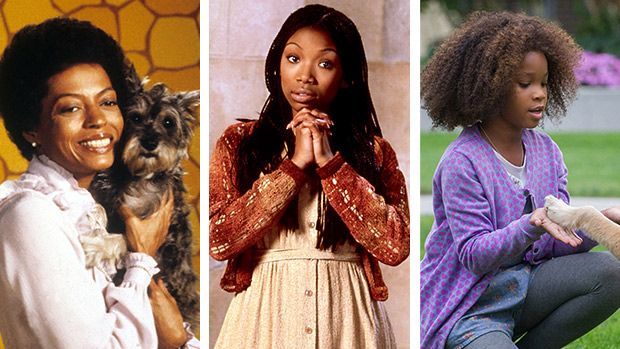
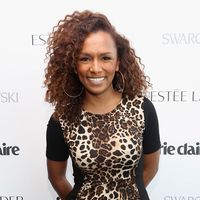
MOVIES HAVE ALWAYS been spaces of refuge for me. For a few harmonious hours, I could escape my reality of being a girl living on the margins. With a sprinkle of Hollywood pixie dust, I was transported from my poverty-stricken neighborhood in the low-income town of Kalihi, on Oahu, to a land of possibility, where I could surrender to dreams.
One musical that deeply influenced me—and continues to do so—is the 1997 ABC TV movie of Rodgers and Hammerstein's Cinderella, starring Brandy, with Whitney Houston as the Fairy Godmother and Whoopi Goldberg as the prince's mom. Brandy's fairy-tale, glass-slipper princess leaped over racial hurdles: Cinderella was usually portrayed by Disney as blonde, with twinkling blue eyes and a fair complexion. With her braids and brown skin, Brandy was the furthest from classic Disney fantasies—but closest to my reality.
Growing up in front of the television and being bombarded by images of girls who didn't look like me, I was changed by the sight of this racially diverse cast. (Brandy's prince was even Filipino!) Seeing oneself is an affirming moment, but for girls of color, this mirror image is as rare as Cinderella's glass slipper actually fitting. We all crave representation and deserve access to reflections of ourselves, and that is why I'm excited by the remake of Annie (opening Christmas Day), starring 11-year-old Academy Award nominee Quvenzhané Wallis as the spunkily optimistic, curly-haired orphan.
This updated Annie feels like a gift to girls today. Like Brandy, and Diana Ross, who eased on down the road as Dorothy in 1978's The Wiz, Wallis shows all marginalized girls that everything is possible because she is seen front and center. This is vital for these often forgotten and discarded girls. It's equally vital that we see and know them. Some of them are in classrooms, like the thousands of African-American girls in schools across our nation more likely to be punished owing to gender and racial stereotypes. Some are in detention, like "Jane Doe," a 16-year-old transgender girl who has sparked demonstrations in Connecticut for being wrongfully held in an adult prison without charges. And some are in captivity, like the 200-plus girls abducted by rebels in Nigeria (a handful of whom managed to escape).
Popular culture is most powerful when it offers us a vision of how our society should look—or at least reproduces our reality. The reframing of Annie as a black orphan not only more accurately embodies the reality of the foster care system (which is disproportionately filled with children of color), but it foretells our country's rapidly shifting demographics (Census Bureau data reveal that children of color make up nearly the majority of new births in America). Casting Wallis as Annie is powerful not only for viewers of color, but for all of us, enabling us to see beyond the dominant images of white protagonists in childhood stories.
Author Zadie Smith has spoken about the idea of racial neutrality when it comes to characters in literature—the notion that because literary characters have been overwhelmingly white, readers of all colors have been trained to see white people as the standard, the norm, making whiteness more central, humane, and full than characters of color, who are largely read with an "other" or "niche" focus.
That is why it is revolutionary that fairy tales (no matter their flaws when looked at through a feminist lens) represent girls of all colors. It is why Shonda Rhimes taking over ABC's Thursday-night lineup matters. It is why Mindy Kaling running her own show matters. It is why Mara Brock Akil's budding TV legacy, from Girlfriends to Being Mary Jane, matters.
Stay In The Know
Get exclusive access to fashion and beauty trends, hot-off-the-press celebrity news, and more.
One of my most cherished pop culture moments will always be when Brandy's Cinderella reluctantly accepts her lot in life after readying her horrible stepsisters for the ball. And then, in her "own little corner" in her "own little chair," she escapes to her imaginings of the ball and makes a wish for more than mere reveries—a wish her glittery and gold Fairy Godmother fulfills.
As Brandy sings about fantastical possibilities coming true, we, the girls viewing this post-racial fairy tale, realize that we can become our wishes and hopes, and that we're worthy of being seen at that ball—and beyond.
Glass slippers may be clear, but we dream in vivid color.
Images via Everett Digital; Annie image courtesy of Sony Pictures
FROM LEFT: Diana Ross in The Wiz (1978);Brandyas Cinderella in 1997; Quvenzhané Wallis films Annie on location in Harlem in 2013.
This article appeared in the December 2014 issue of Marie Claire.
-
 Why One Former Queen Was Held "Prisoner" at Kensington Palace
Why One Former Queen Was Held "Prisoner" at Kensington PalaceShe was forbidden "from reading popular books" or walking "downstairs without holding someone's hand."
By Amy Mackelden Published
-
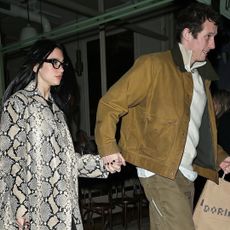 Dua Lipa Pairs Her Snakeskin Trench With a Chanel Bag
Dua Lipa Pairs Her Snakeskin Trench With a Chanel BagThe pop star's new rules scream loud luxury.
By Amy Mackelden Published
-
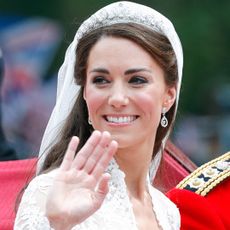 Kate Middleton Refused to Abide by a 350-Year-Old Royal Tradition
Kate Middleton Refused to Abide by a 350-Year-Old Royal TraditionShe insisted on doing this one very important thing her way, according to a royal expert.
By Amy Mackelden Published
-
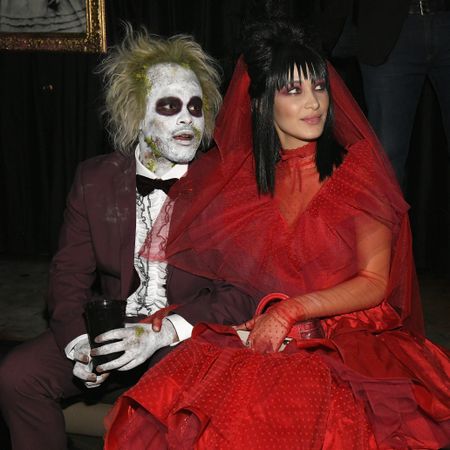 The 78 Best Celebrity Couple Halloween Costumes of All Time
The 78 Best Celebrity Couple Halloween Costumes of All TimeHonestly, we're impressed.
By Charlotte Chilton Published
-
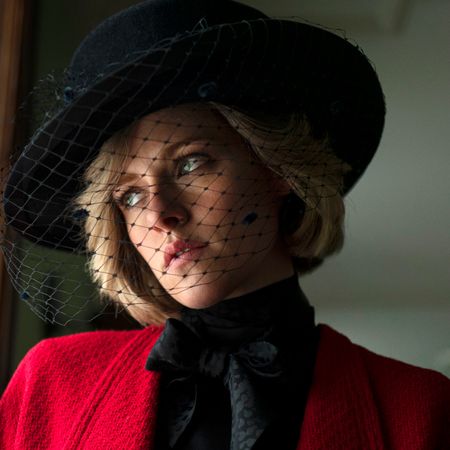 15 Captivating Films About Royal Life and the Monarchy
15 Captivating Films About Royal Life and the MonarchyWatch these movies if you wish there was more of 'The Crown' on the way.
By Nicole Briese Last updated
-
 Who Is Jonathan Owens, Simone Biles's Fiancé and NFL Player?
Who Is Jonathan Owens, Simone Biles's Fiancé and NFL Player?Features "The easiest yes!" Simone wrote about the couple's engagement.
By The Editors Published
-
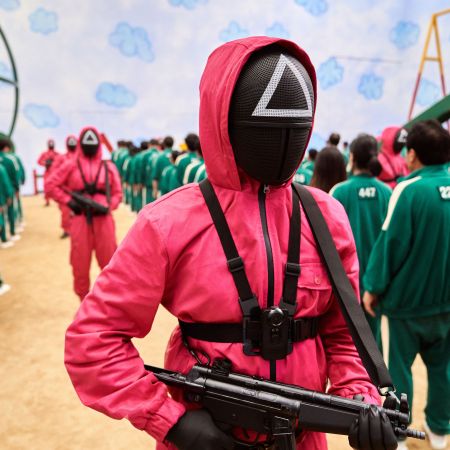 The Best Celebrity 'Squid Game' Costumes
The Best Celebrity 'Squid Game' CostumesFeatures A handful of stars chose this year's most popular theme.
By Quinci LeGardye Published
-
 Rebel Wilson Recreated an Iconic Britney Spears Look for Her New Movie
Rebel Wilson Recreated an Iconic Britney Spears Look for Her New Movie"Can you tell that I’m the biggest Britney fan!"
By Iris Goldsztajn Published
-
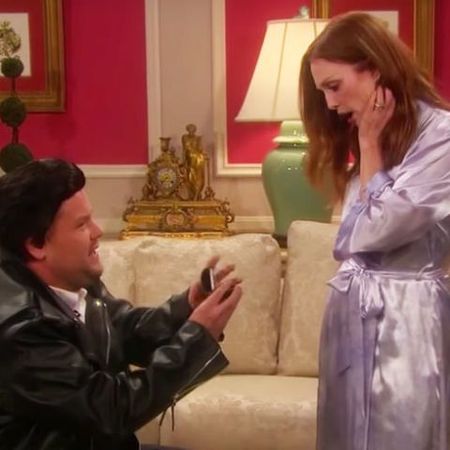 Taylor Swift's Lyrics Make for an *Amazing* Soap Opera, as Julianne Moore Demonstrates
Taylor Swift's Lyrics Make for an *Amazing* Soap Opera, as Julianne Moore DemonstratesThe themes are right there!
By Chelsea Peng Published
-
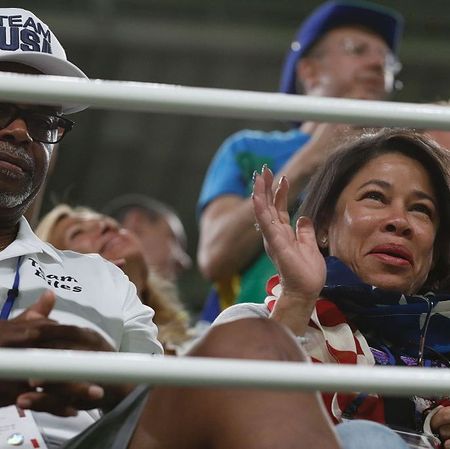 Who Are Simone Biles's Parents? Meet Nellie and Ronald Biles
Who Are Simone Biles's Parents? Meet Nellie and Ronald BilesThe Olympic gymnast was adopted by her biological grandparents in 2003.
By The Editors Published
-
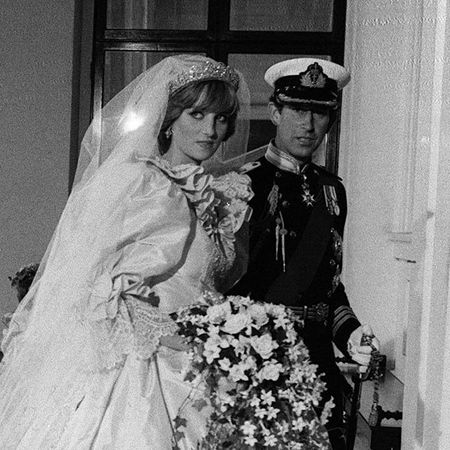 51 Rare Photos From Princess Diana and Prince Charles' Wedding
51 Rare Photos From Princess Diana and Prince Charles' WeddingYou've probably never seen these before.
By Charlotte Chilton Published
